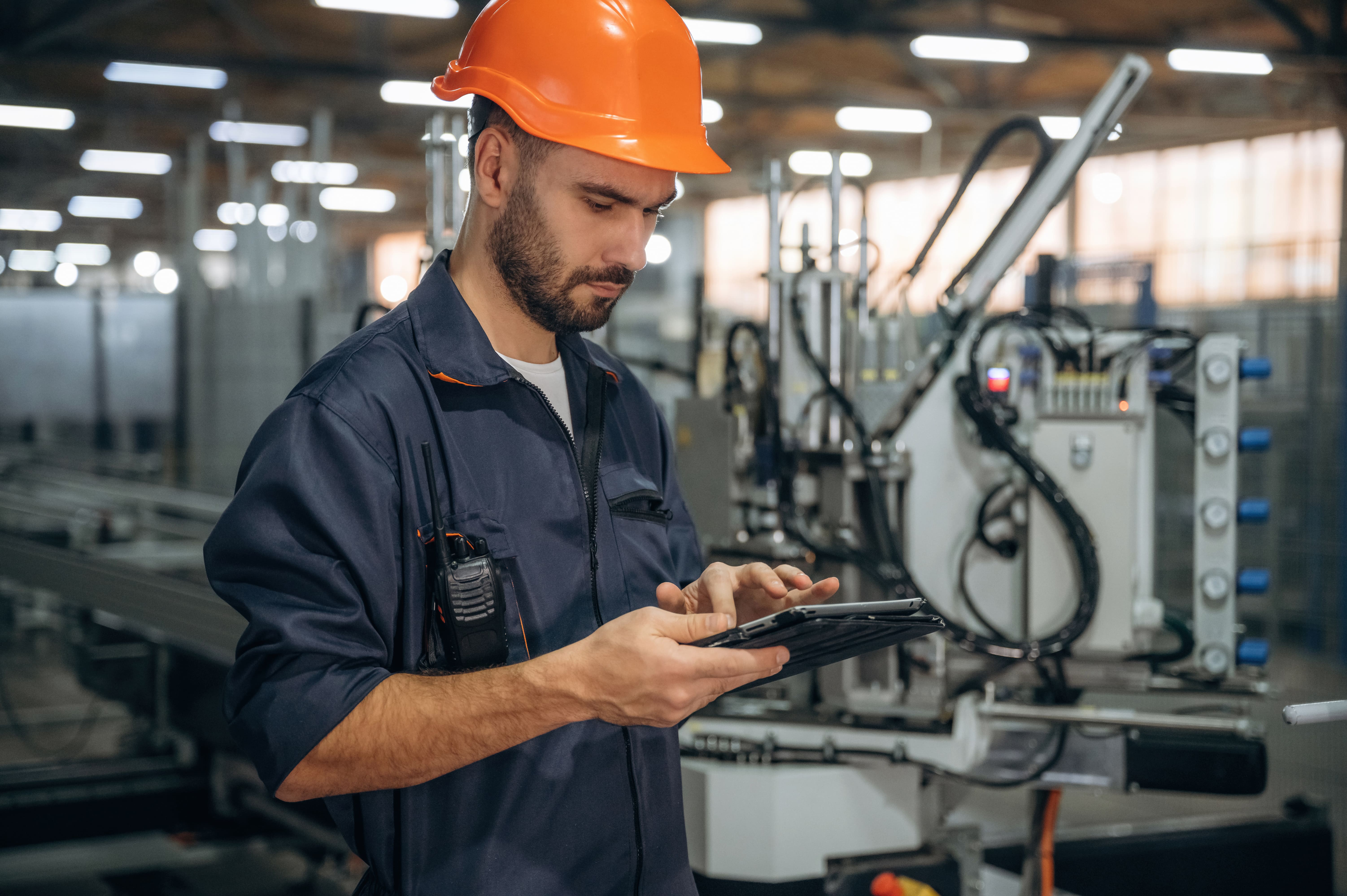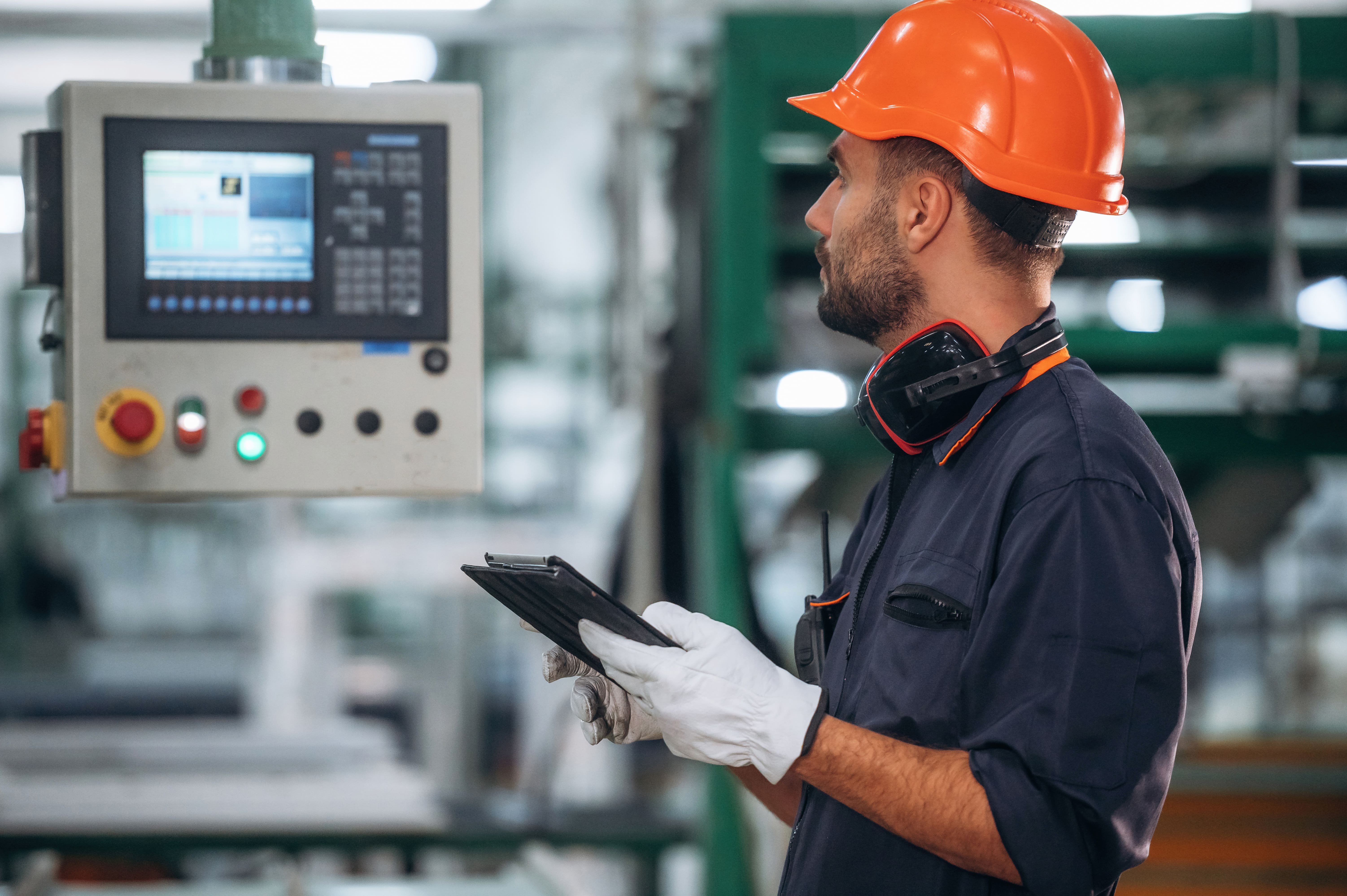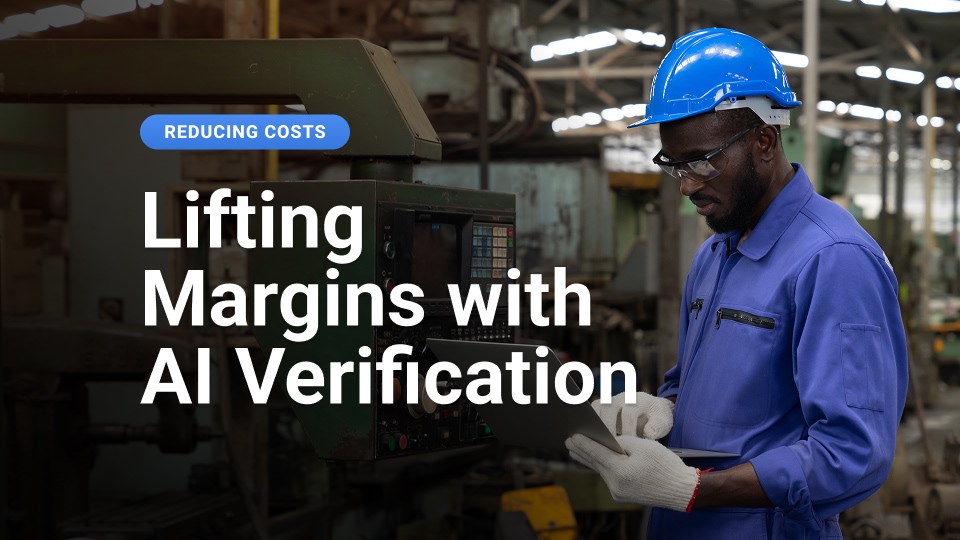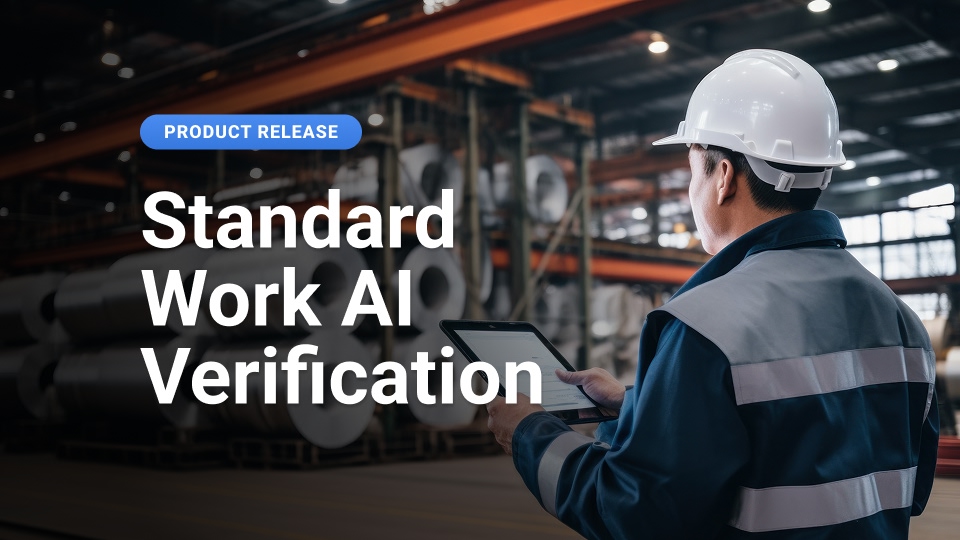
Generative AI can write code, compose symphonies, crank out college essays, and even ace standardized tests. Impressive? Sure. Relevant to your factory floor? That's where most manufacturing leaders pump the brakes.
And understandably so.
In manufacturing, the stakes are real and unforgiving. Quality and safety aren't optional. While GenAI might get away with hallucinations in white-collar settings, there's no room for made-up answers on the factory floor. In this setting, a wrong response is dangerous.
Here's the thing: those mistakes are avoidable. Manufacturers already rely on precision tools and machines that must be operated correctly. GenAI, when properly configured and guided, can achieve the same results. The companies figuring this out are moving faster, retaining knowledge, and staying safer - one shift at a time.
Why most manufacturers think GenAI isn't for them
GenAI has been marketed in a way that makes it feel out of touch with manufacturing. Watch any conference keynote from a GenAI founder, complete with buzzwords like "transformative paradigms" and "cognitive architectures", and you'll witness someone who's never worked a shift change or troubleshot a line stoppage at 2 am.
But manufacturers are caught in a perfect storm: a generational workforce transition colliding with acute skill shortages.
- Decades of industrial knowledge walk out the door with every retirement.
- New hires spend months getting up to speed.
- Operators stand idle, waiting for a supervisor to troubleshoot issues they could handle with the proper guidance.
- And veteran workers, already stretched thin by maintaining production, lack the time to develop new skills or mentor the next generation.
The numbers tell the story: 70% of manufacturing workers cite lack of time as their most significant barrier to skill development. They're not resistant to learning—they're drowning in daily demands, caught between maintaining current operations and preparing for an increasingly complex future.

What GenAI can do where it matters most
Let's dispel a persistent myth: GenAI isn't coming for manufacturing jobs. It's coming to make them better. Despite decades of automation and robotics, the industry faces a staggering 500,000 unfilled positions. The machines haven't replaced workers; they've created demand for different skills.
The data backs this up. Sixty percent of manufacturers believe human workers will remain central to operations, even as processes become increasingly autonomous. History supports this view. Every wave of manufacturing technology, from assembly lines to industrial robots to computerized systems, has shifted roles rather than eliminated them.
The opportunity isn't replacement; it's augmentation. GenAI can transform a junior operator into someone who performs like a veteran, help experienced workers tackle complex problems more efficiently, and free up skilled technicians from routine troubleshooting.
GenAI delivers value in four concrete ways:
🔧 Capture expertise before it walks out the door. Your veteran operators hold decades of knowledge in their heads. Instead of pulling them from the line to train or forcing them into a mentor program that they may not want to do, record them performing their task. Process it once. Then GenAI converts that recording into step-by-step visual instructions, adding translations, dubbing, and annotations, which can be shared anywhere, in any language.
🧠 Put expertise at every workstation. No more operators standing around waiting for a supervisor to explain step 5 of a changeover or how to restart a jammed line safely. Workers can interact naturally and get contextual answers exactly when and where they need them. The best systems only draw from your approved procedures, include proper safety protocols, and verify the worker has the right certifications before providing instructions—no guessing, no improvising, no shortcuts.
📈 Train people while they work, not while they sit. Forget classroom training that doesn't stick. GenAI enables learning in the flow of actual work, with hands-on, eyes-on the process. It breaks complex procedures into manageable steps and adapts to each person's pace, cutting training time by up to 40%. People learn when they need it most: in the moment, with real problems to solve.
👨🔧 Verify and Learn. AI can visually verify work, not for policing workers, but to accelerate workers' development. When someone completes a process, the system can identify what went well, pinpoint areas for improvement, and suggest more effective techniques. Think of it as having your best operator coaching everyone, every time.

Rethink what AI looks like in industrial manufacturing.
The question isn't whether it belongs on the factory floor; it's whether manufacturers can afford to ignore it. The companies that win won't be the ones waiting. They'll be the ones who roll up their sleeves, configure GenAI for the realities of frontline work, and turn it into a practical advantage. Steel-toed boots or not, GenAI is ready to go to work, if you are.









